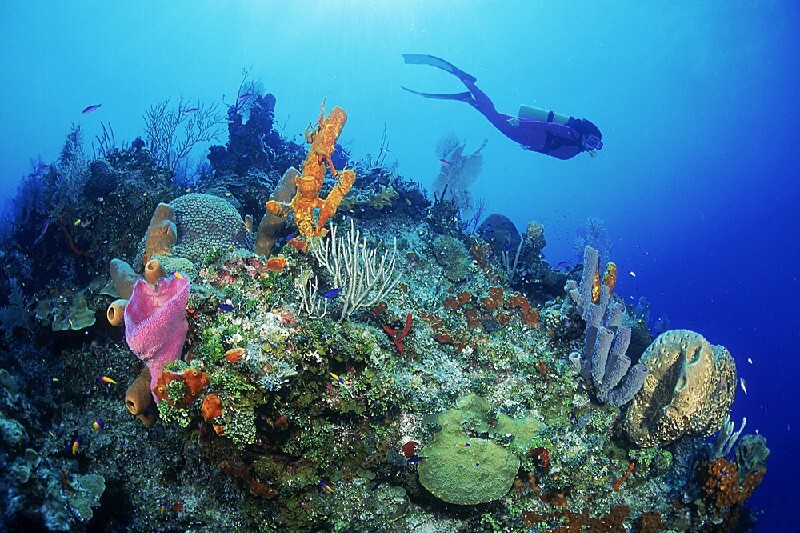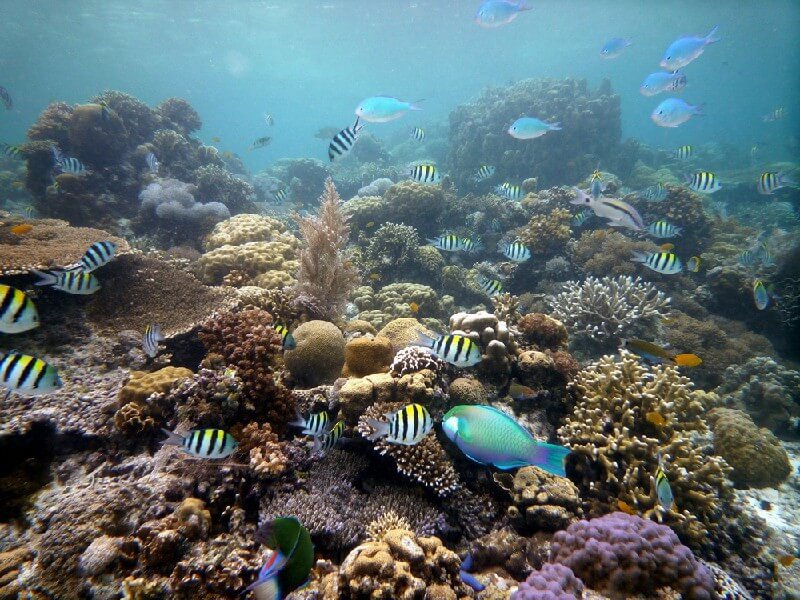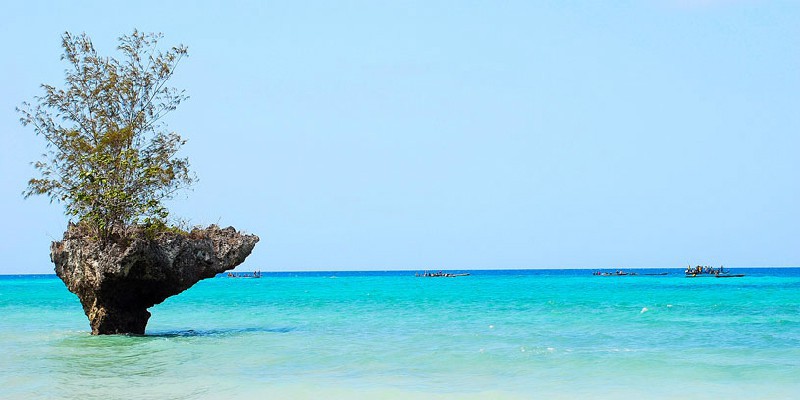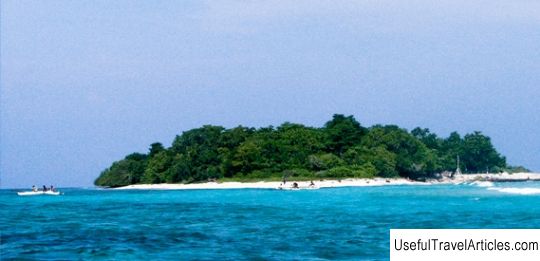Zanzibar. Recreation and entertainment
Rating: 7,7/10 (662 votes) 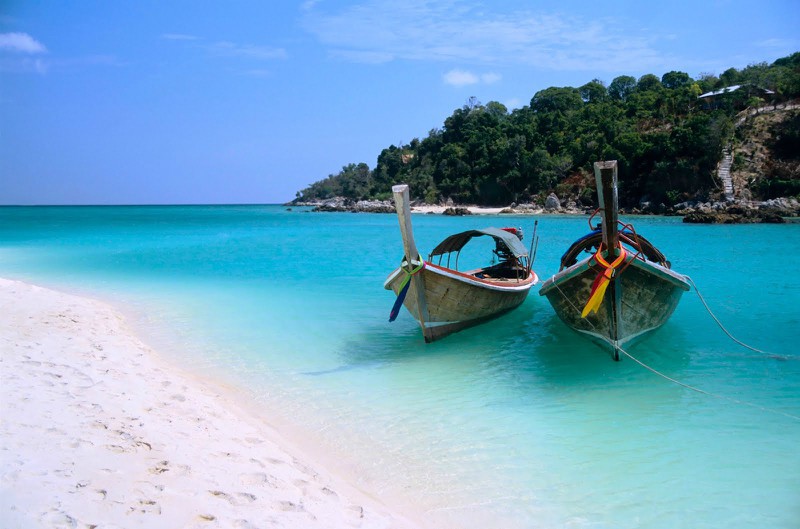 Attractions and entertainmentZanzibar is considered the best beach resort in island Tanzania. In addition, the island's harbors are recognized by a number of international travel agencies as the best in the world for diving. The underwater beauty allows you to appreciate the crystal clear water, the visibility in which reaches 30 meters. There are many coral reefs in the vicinity of the island, a sunken British ship of the 19th century, which eventually became an artificial reef inhabited by many marine animals, including moray eels and lionfish. The island's beaches are one of the reasons why Zanzibar is one of the five best vacation spots. The fact is that the sand on the beaches is of coral origin. It differs from the usual yellow sand - a pearly white color and small grains of sand, which are very difficult to see, and from this coral sand is compared to powdered sugar or flour.  Active beach holidays can be diversified with excursion programs, since there is something to see in Zanzibar. The main attraction of Zanzibar Town is the so-called Stone City. In this old part of the city, many architectural monuments are collected. The most magnificent of them is the Palace of Sultan Said. The palace was built in the 19th century in the shortest possible time and is a wonderful example of oriental architecture. Another monument of Arab rule in Zanzibar is the Omani Fortress. The stone fortification has been perfectly preserved to this day and turned into an open-air museum. Inside the fort, you can see the amphitheater, also preserved in excellent condition. There are a number of buildings in Stonetown associated with specific personalities who somehow glorified the city. One of these buildings is the House of Wonders. It is the former residence of the Livingston traveler and the tallest building on the island. By the way, the local population prefers to call this building the Livingston House, emphasizing respect for the person of the great traveler. The second building named after its previous owner is the House Tippu Like. Tipu Tip - the richest of the slave owners in Zanzibar, amassed a considerable fortune on living goods. After his death, the house was nationalized, and now the chic mansion inside has been turned into a kind of communal apartment with several families. The current tenants of the house are adventurous enough to let tourists inside for a small fee. However, all the interior decoration was auctioned off immediately after the death of the owner, and there was nothing inside that could at least remind of the former splendor of this house. Well, the third building attracts fans first of all. rock music from all over the world, because this is Freddie Mercury's home. More precisely, this is a building with several apartments, which is currently decorated with a sign that the legend of world music was born here. The house has been converted into a Freddie Mercury museum.  The name of the traveler David Livingston is associated with another attraction of Zanzibar Town - Cathedral. Built at the very end of the 19th century, this Anglican church is the only Christian church on the island. Livingston's heart is buried under the cross at the entrance to the temple. Opposite the church, one can see gloomy ruins, a sign driven into the ground says that slaves were kept here for resale. Anyone can walk into a damp basement and sit on rotting bunks. Everyone who has visited this basement describes that it is literally saturated with the smell of pain and despair. Just a stone's throw from this place is a tent with works of modern African art. The prices for these trinkets are deliberately understated. The name of the traveler David Livingston is associated with another attraction of Zanzibar Town - Cathedral. Built at the very end of the 19th century, this Anglican church is the only Christian church on the island. Livingston's heart is buried under the cross at the entrance to the temple. Opposite the church, one can see gloomy ruins, a sign driven into the ground says that slaves were kept here for resale. Anyone can walk into a damp basement and sit on rotting bunks. Everyone who has visited this basement describes that it is literally saturated with the smell of pain and despair. Just a stone's throw from this place is a tent with works of modern African art. The prices for these trinkets are deliberately understated. The name of the traveler David Livingston is associated with another attraction of Zanzibar Town - Cathedral. Built at the very end of the 19th century, this Anglican church is the only Christian church on the island. Livingston's heart is buried under the cross at the entrance to the temple. Opposite the church, one can see gloomy ruins, a sign driven into the ground says that slaves were kept here for resale. Anyone can walk into a damp basement and sit on rotting bunks. Everyone who has visited this basement describes that it is literally saturated with the smell of pain and despair. Literally a stone's throw from this place is a tent with works of modern African art. The prices for these trinkets are deliberately understated. This Anglican church, built at the very end of the 19th century, is the only Christian temple on the island. Livingston's heart is buried under the cross at the entrance to the temple. Opposite the church, one can see gloomy ruins, a sign driven into the ground says that slaves were kept here for resale. Anyone can walk into a damp basement and sit on rotting bunks. Everyone who has visited this basement describes that it is literally saturated with the smell of pain and despair. Just a stone's throw from this place is a tent with works of modern African art. The prices for these trinkets are deliberately understated. Built at the very end of the 19th century, this Anglican church is the only Christian church on the island. Livingston's heart is buried under the cross at the entrance to the temple. Opposite the church, one can see gloomy ruins, a sign driven into the ground says that slaves were kept here for resale. Anyone can walk into a damp basement and sit on rotting bunks. Everyone who has visited this basement describes that it is literally saturated with the smell of pain and despair. Literally a stone's throw from this place is a tent with works of modern African art. The prices for these trinkets are deliberately understated. Opposite the church, one can see gloomy ruins, a sign driven into the ground says that slaves were kept here for resale. Anyone can walk into a damp basement and sit on rotting bunks. Everyone who has visited this basement describes that it is literally saturated with the smell of pain and despair. Literally a stone's throw from this place is a tent with works of modern African art. The prices for these trinkets are deliberately understated. Opposite the church, one can see gloomy ruins, a sign driven into the ground says that slaves were kept here for resale. Anyone can walk into a damp basement and sit on rotting bunks. Everyone who has visited this basement describes that it is literally saturated with the smell of pain and despair. Literally a stone's throw from this place is a tent with works of modern African art. The prices for these trinkets are deliberately understated. We also recommend reading Fortress walls in Turkey, Side resort Topic: Zanzibar. Recreation and entertainment. |
